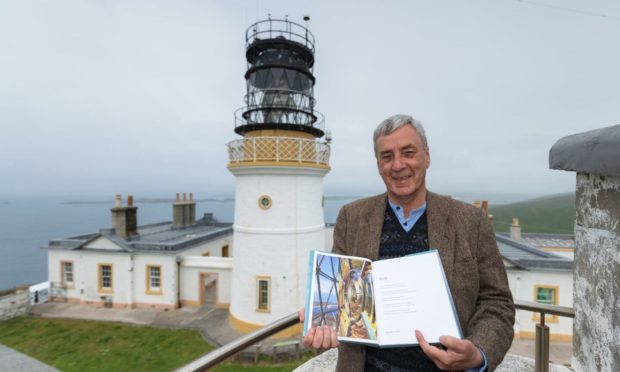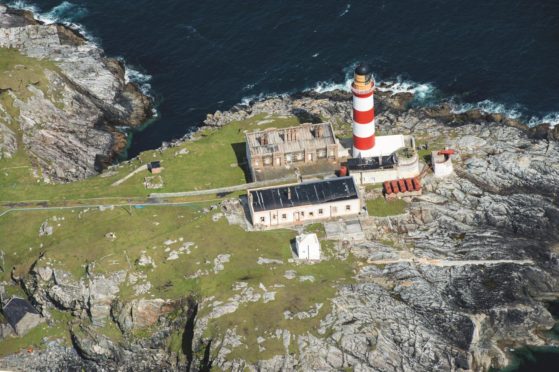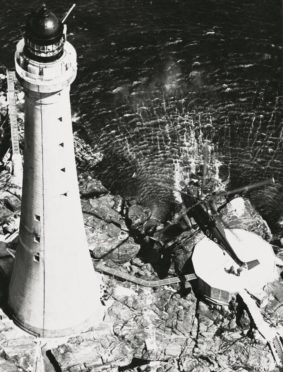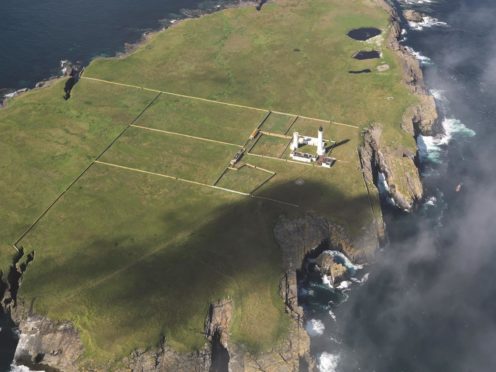A new book sharing the untold of lighthouse keepers across Scotland has been published.
Donald S Murray’s book For the Safety of All delves into the history of lighthouses from Shetland to the Isle of May, from their planning to the people who lived and worked in them.
The award-winning Scottish author published the book in partnership with Historic Environment Scotland (HES) and the Northern Lighthouse Board (NLB).
NLB also gave him access to historic plans and drawings which have been published for the first time in the book.
Mr Murray now lives in Shetland but grew up under the gleam of the Butt of Lewis Lighthouse.
To him, a lighthouses are sacred places which have been prominent features throughout his life.
He said: “This book is a love-letter to lighthouses, a paean of praise to their fidelity and continual presence in my life.”
Untold stories
Among the stories brought to life by Mr Murray is that of the former keeper of the Pentland Skerries Lighthouse.
He recalls rescuing survivors from an East German cargo ship in 1965, which was later found to have been smuggling nuclear weapons.
Mary Anderson also has her story told in the book. While at the Out Skerries Lighthouse in Shetland, she was injured by a German bomb in the Second World War.
The book touches on the impact lighthouses had on the war, including the radar team at Sumburgh Head Lighthouse who helped to prevent the destruction of the British Home Fleet in Scapa Flow.
Readers can also learn about the construction of Scotland’s first ever lighthouse, which was built on the Isle of May in 1636.
The Stevenson family
Bell Rock Lighthouse was built by Robert Stevenson between 1807 and 1810.
It is now the world’s oldest working sea-washed lighthouse.
Generations of the family continued to make improvements and alterations to the lighthouse throughout the next century.
Their legacy also includes contributions to the Kinnaird Head Lighthouse and Museum of Scottish Lighthouses.
Mr Murray said: “This book is a reminder of those members of the Stevenson family who did so much to ensure the construction of these towers on islands, peninsulas and the coastline’s edge in both Scotland and the Isle of Man – many of which still stand today.”



